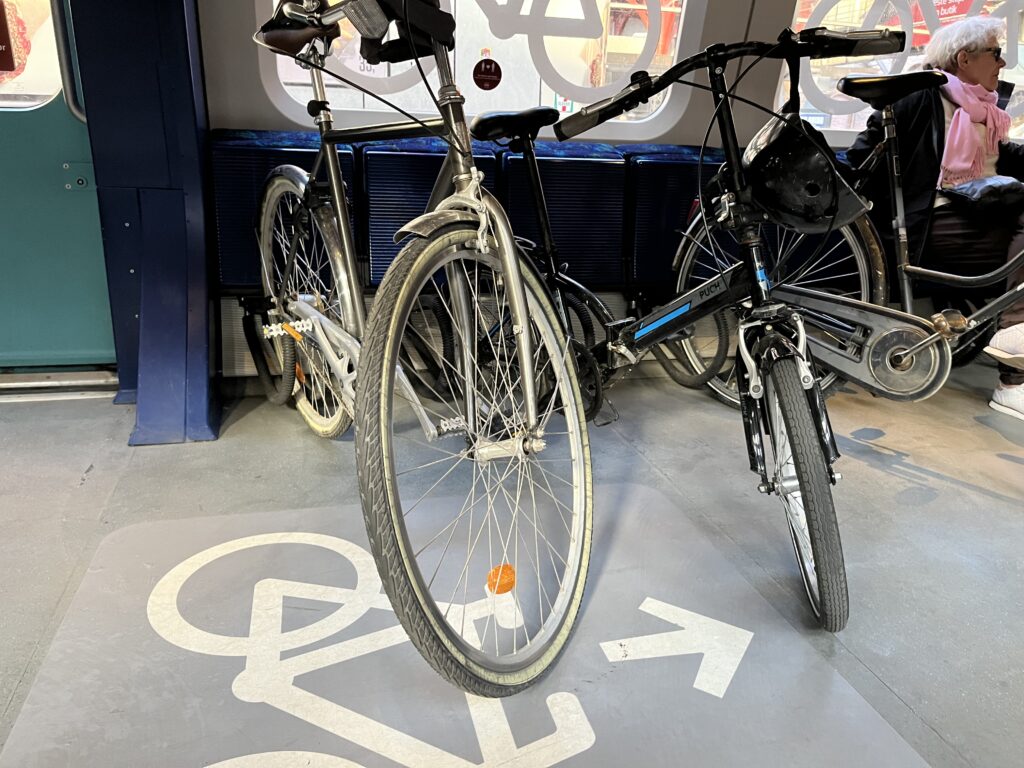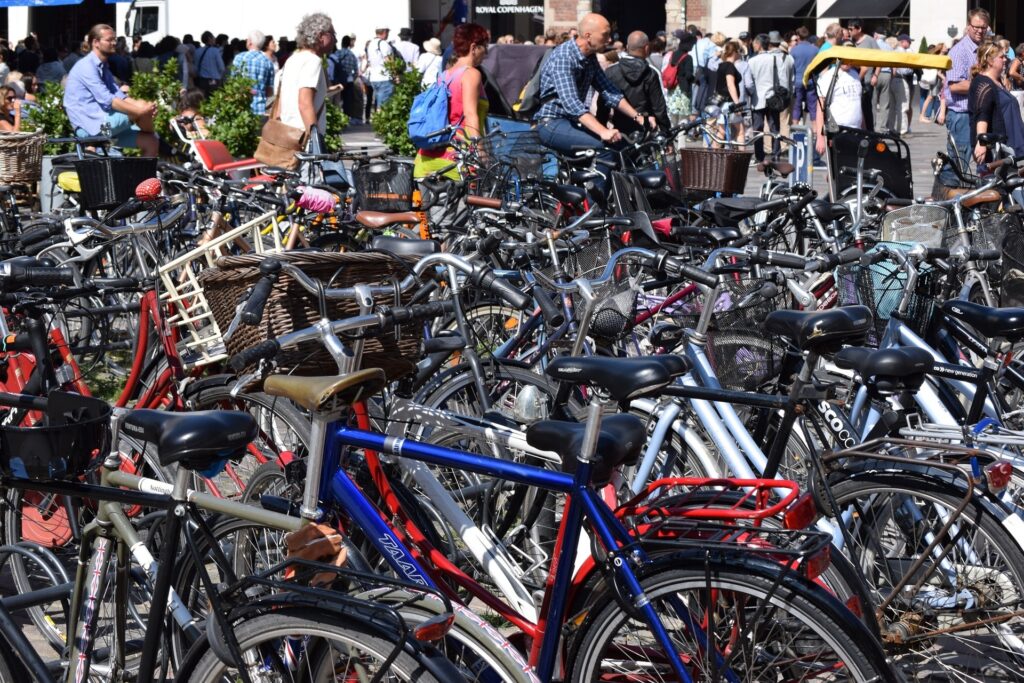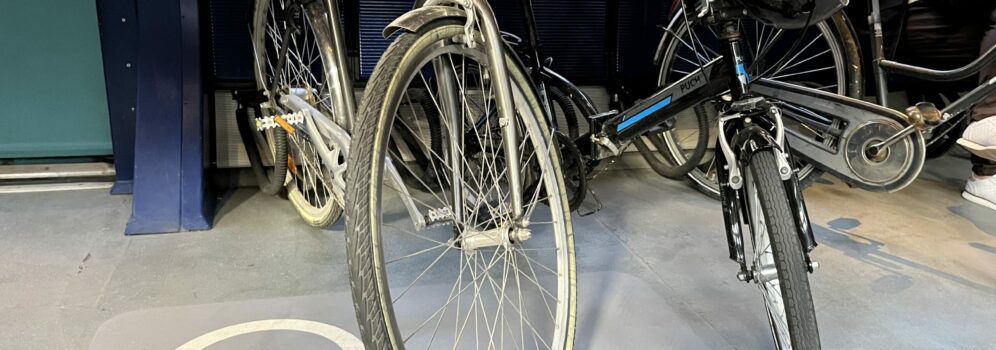In this article, we look at how free travel for bikes on public transit can make a significant difference and how positive changes to cycling infrastructure and culture are being made in cities worldwide.
Many major cities worldwide are investing in cycling infrastructure and looking at ways to successfully combine this with more access to public transit. For many people, the first and last mile of their journey is the sticking point for using public transport but bikes can be a solution.
In some cases, you can use a shared bike for the last mile as there is more demand for this in transport hubs, but the availability of these for the first mile can be sketchy in many residential areas. The solution is to take your bike on public transit and use it at both ends. This may sound like a dream for many cities, but Copenhagen proves it can be done cheaply and efficiently.
Free bike travel on suburban trains and buses
In 2010, DSB, the public train operator in Greater Copenhagen, Denmark, made it free to take your bike in the S train system. They converted a quarter of the train into a flexible bike space in the least popular carriage. Before it became free, 2.1 million passengers were bringing their bikes on board, and in 2022, that figure was almost 10 million passengers*.

The S train network connects more suburban outlying areas with the city centre, thus making it easy to live outside the city centre and reach work or study efficiently by public transport. This follows the urban planning strategy, the Five Finger Plan, established in 1947.
In July 2022, it became free to take bikes on Movia’s buses, harbour buses and local trains, with some stipulations; it is a move in the right direction for combining cycling with public transit. Movia, Denmark’s largest transport company, transports around 200m passengers annually on 450 bus lines, nine local rail lines and six microtransit schemes.
Investment in a positive cycling culture
It also helps that Copenhagen has a positive cycling culture. The city has an extensive cycling infrastructure with 237 miles (382km) of cycling routes, many protected cycleways, and dedicated supercycle highways that cut across the city, sometimes avoiding roads, for more efficient and safer journeys. Known as the ‘Green Wave’, traffic lights are coordinated for cyclists on busy streets during rush hour.

Over the last decade, the city has invested in five dedicated bike bridges spanning the inner harbour, moving to and from the city centre to the island of Amager quicker and safer. So it is unsurprising that 49% of Copenhageners cycle to work or study. Compared to the US, which has 1% of trips being completed on a bicycle.
Creating a positive cycling culture
In the US, the COVID-19 pandemic has led to an increase in people willing to cycle. The need for social distancing and avoiding crowded public transport has made cycling a more attractive option. Cities like Washington, DC, are adding more protected bike lanes, while Paris is investing in significantly expanding its cycling network.
A study co-authored by a University of Central Florida researcher has found that the COVID-19 pandemic contributed to an increase of people willing to cycle in the US. There is a long way to go regarding safe cycling infrastructure and a significant culture change in many cities, not just the US, but many cities are leading the way.
In Washington DC, in 2019, the city had a cycling network of 100 miles (160km)and cycling as a share of travel increased. By 2021, the city added nearly 20 miles (32 km) of safer protected lanes.
France adopted protected cycle routes in Paris during the pandemic; 31 miles (50 km) of temporary bike lanes constructed in Spring 2020 are now permanent. Paris Mayor Anne Hidalgo has the goal of making Paris 100% cyclable. She announced the second phase of Le Plan vélo de Paris with a budget of 250 million euros to add another 111 miles (180km) of cycle lanes to the city and 130,000 new cycling parking spaces. The city has also adopted the ‘green wave’ system, as seen in Copenhagen, which prioritises buses, trams and bicycles in Paris.
When they read such positive case studies, people often say that not all cities can be Copenhagen (or Amsterdam, another city with a positive cycling culture). However, while Copenhagen has been thinking about and investing in urban planning incorporating public transport and cycling infrastructure for decades, other cities, with more following, are inspired by what is possible in Denmark, especially since the pandemic.
The changes in public transit are about more than just making commuting easier. They also reduce traffic congestion, improve air quality, and promote a healthier lifestyle.
Further reading:
An excellent roundup of Europe’s commitment to cycling infrastructure can be found here
* Figures from DSB in April 2022


